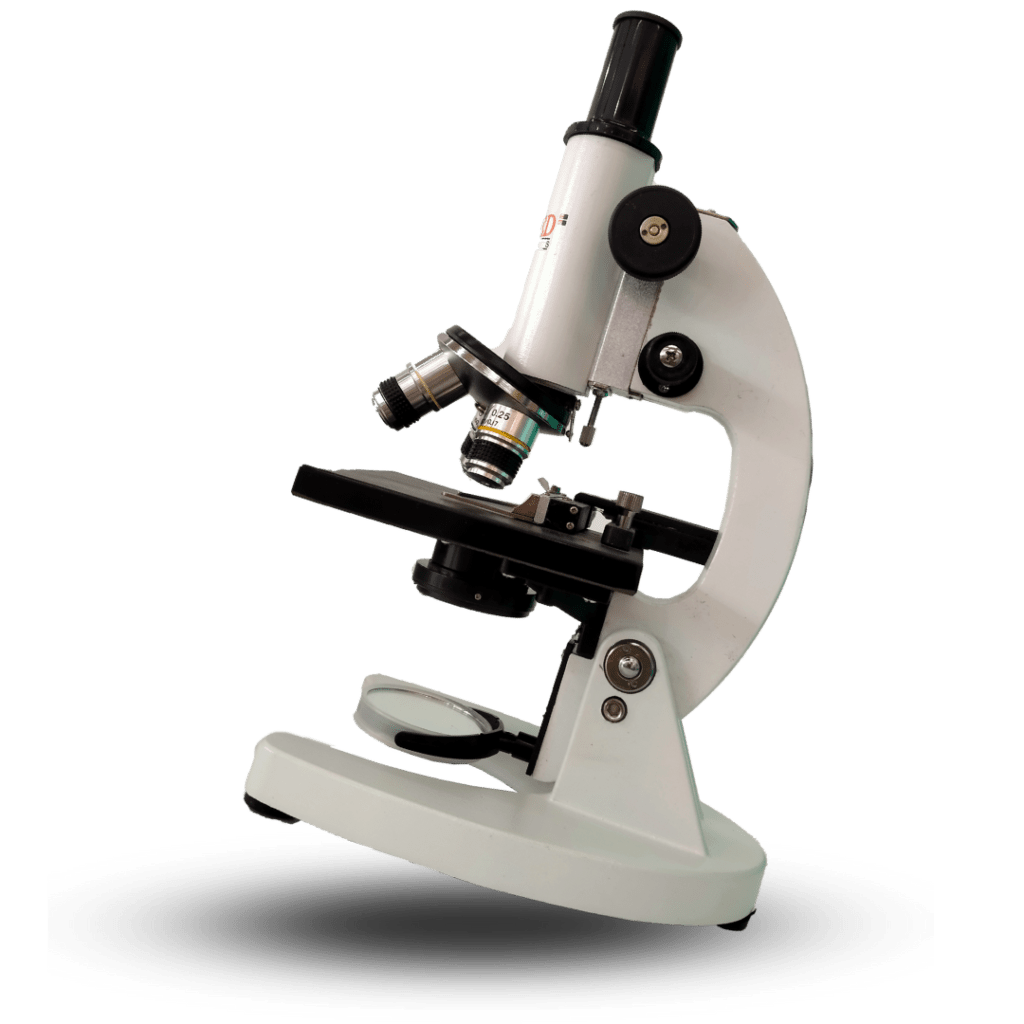In recent years, anaerobic digesters have gained significant momentum as sustainable and efficient solutions for waste management and renewable energy generation. These innovative systems provide an environmentally friendly way to convert organic materials into valuable resources, like biogas and fertilizer. As their popularity surges, it’s essential to understand the different types of anaerobic digesters and how to select the most suitable one for your specific project needs. Let’s explore the various digester types and their unique scopes, empowering you to make an informed decision.
Continuous Stirred Tank Reactors, or CSTRs, are one of the most common and versatile types of anaerobic digesters. They consist of a large, closed tank where organic waste is continuously added and mixed. Microorganisms in the tank break down the material in the absence of oxygen, producing biogas as a result. CSTRs are ideal for processing homogenous substrates with relatively constant composition and offer steady biogas production over time. They are often used in industrial settings and large-scale municipal waste treatment plants due to their robustness and ability to handle a wide range of feedstocks.
Plug Flow Digesters, or PFRs, are another common anaerobic digestion system. Unlike CSTRs, PFRs facilitate a one-way flow of organic material through a long, narrow tank. This design ensures a gradual waste degradation along the tank’s length, optimizing biogas production. PFRs are well-suited for processing fibrous materials, such as agricultural residues and organic waste, with variable compositions. Their simple construction and ability to handle complex feedstocks make them popular choices for farms and agricultural facilities.
As the name suggests, Batch Digesters process organic waste in batches. They load a specific amount of substrate into a digester, and the anaerobic digestion process occurs during a predetermined retention time. Once the batch is complete, the treated material is removed, and a new batch is loaded. Batch digesters are flexible and suitable for small-scale operations, such as individual farms and small industries, as they allow easy management of feedstock variations and more straightforward process control.
Expanded Granular Sludge Bed Reactors, or EGSBs, are a more advanced form of anaerobic digesters. They utilize specialized granules that promote the growth of microorganisms responsible for the digestion process. EGSBs are known for their high efficiency and ability to handle high organic loading rates, making them ideal for industrial wastewater treatment and biogas production from complex industrial wastewater.
Anaerobic lagoons are large, open-air ponds designed to facilitate the natural anaerobic digestion of organic waste, such as animal manure and agricultural residues. These lagoons provide a cost-effective option for small farms and rural communities, as they require minimal infrastructure and maintenance. However, the biogas production in anaerobic lagoons is typically lower and less controlled than other digesters.

Reach out to our team today to see how we can significantly improve your system’s efficiency and profitability.
Choosing the Right Anaerobic Digester for Your Project:
Selecting the most suitable anaerobic digester for your project depends on several key factors:
Consider the type and consistency of organic material you intend to process. If you deal with a diverse range of feedstocks, a flexible system like PFR or CSTR might be more appropriate.
The scale of your project plays a vital role in determining the digester type. Small-scale operations may find batch digesters or anaerobic lagoons more feasible, while larger projects benefit from CSTRs or EGSBs.
The space available for the digester system will influence your choice. Some digesters, like anaerobic lagoons, require more land area, while others, like CSTRs and PFRs, may be more space-efficient.
If the primary goal of your project is biogas generation, choose a digester that optimizes biogas production. CSTRs and EGSBs are known for their higher gas yields.
Consider both the initial investment and ongoing maintenance costs. While specific systems might have higher upfront expenses, they could offer long-term benefits regarding efficiency and biogas production.
Conclusion
Anaerobic digesters present a promising solution for sustainable waste management and renewable energy generation. By understanding the different types of anaerobic digesters and their unique scopes, you can make an informed decision that aligns with your specific project needs. Evaluate your feedstock, project scale, space availability, and objectives to select the most suitable digester, ensuring that your venture contributes positively to both the environment and your bottom line.
We will be in touch within the next business day
We will be in touch within the next business day
We will be in touch within the next business day
We will be in touch within the next business day
We will be in touch within the next business day